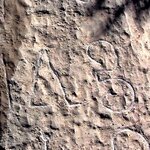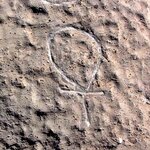Most of us are familiar with the story published in the Arizona Republic about a guy named Kincaid finding a cave or caves in the Grand Canyon. I know much has been speculated about this subject and many have tried to find the caves or info about them. Aside from that, does anyone have any OTHER information about "Egyptian" artifacts, architecture or thought about this?
I have been fascinated by the story, and with some interesting new developments coming around in the form of people finally stepping out from behind their PhD or the strict structure most scholars find themselves locked in, anyway I think there is more to this story than just what is published.
Tell me what you think.
Janiece/Gossamer
I have been fascinated by the story, and with some interesting new developments coming around in the form of people finally stepping out from behind their PhD or the strict structure most scholars find themselves locked in, anyway I think there is more to this story than just what is published.
Tell me what you think.
Janiece/Gossamer






